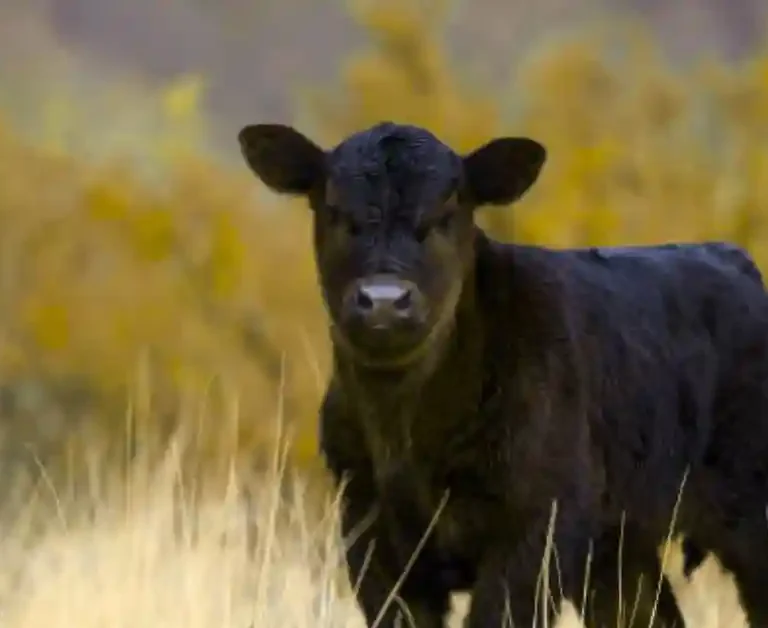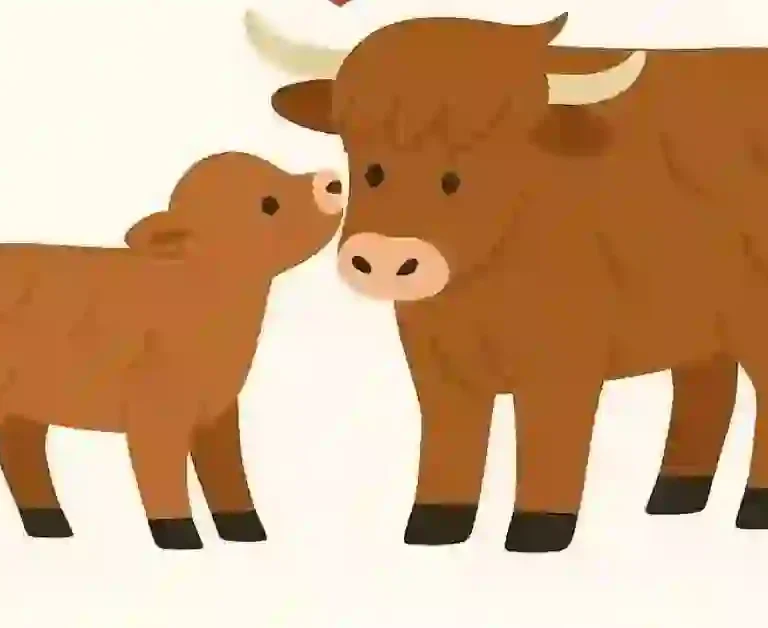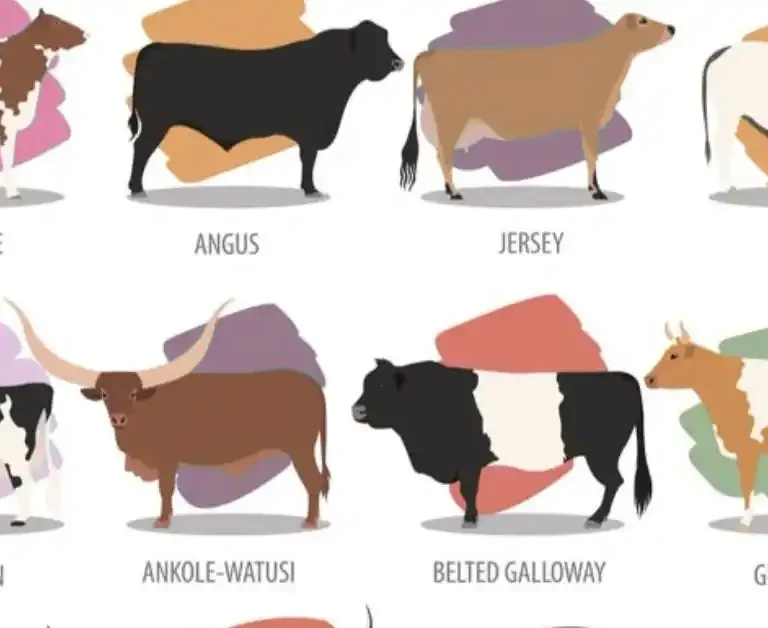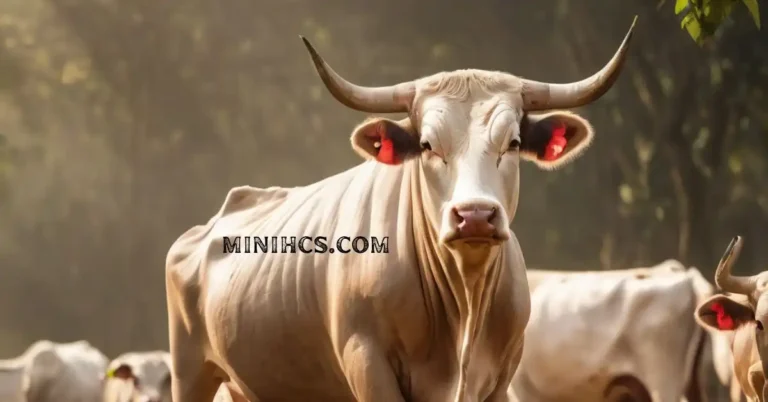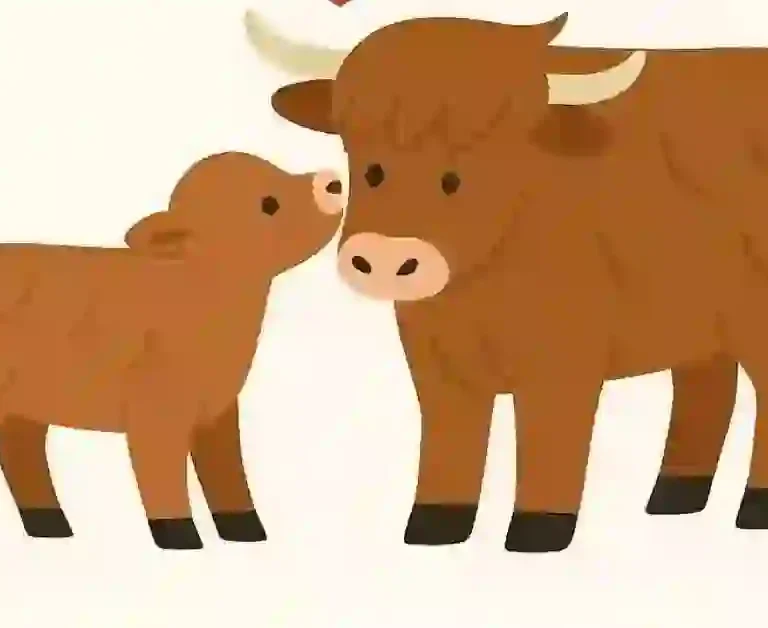Red Angus Cattle: Complete Guide to Breed Characteristics, Care & Benefits
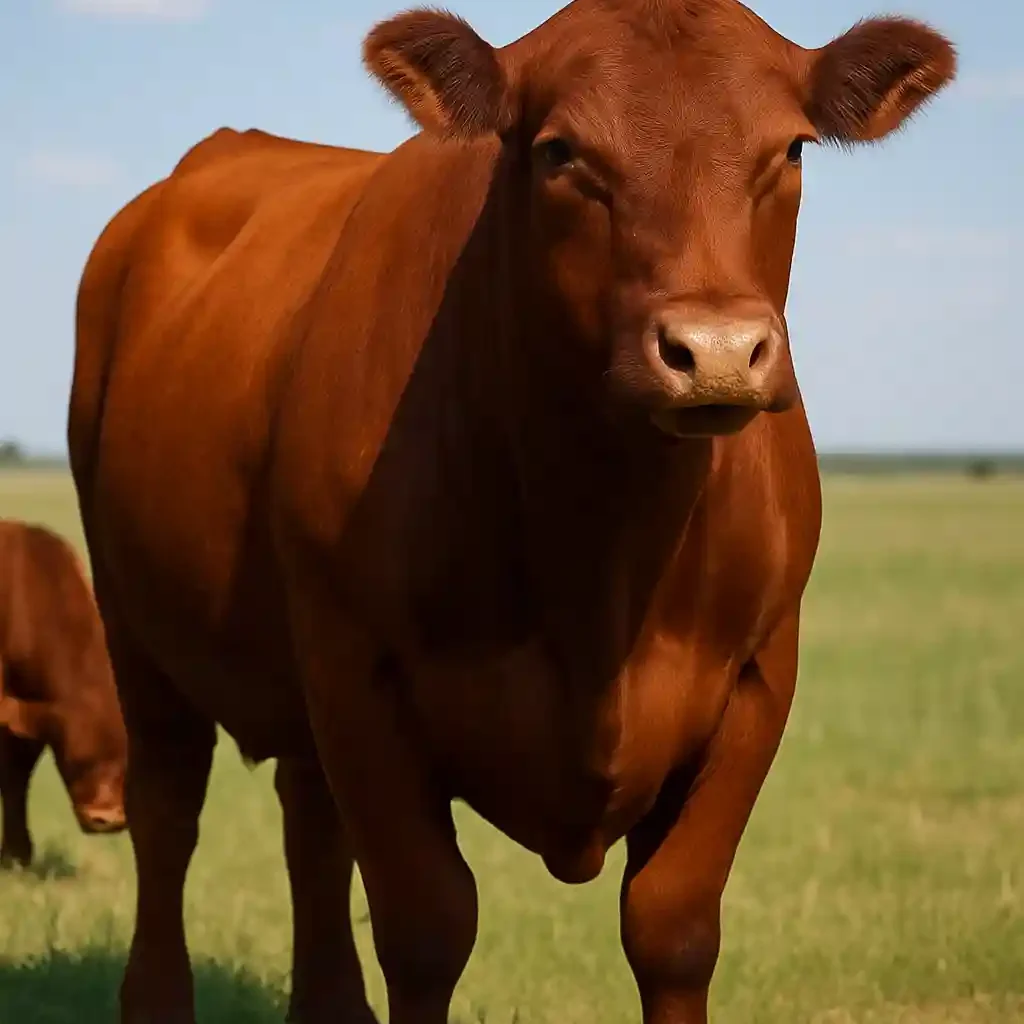
Introducing the Red Angus cattle has looped a niche in cattle farming with their distinctive red coats. Let’s look into the well-off history and unique characteristics of Red Angus and explore its many benefits. This breed is a preferred choice for farmers. In this article, we’ll discuss all about Red Angus cattle.
Origins in Scotland
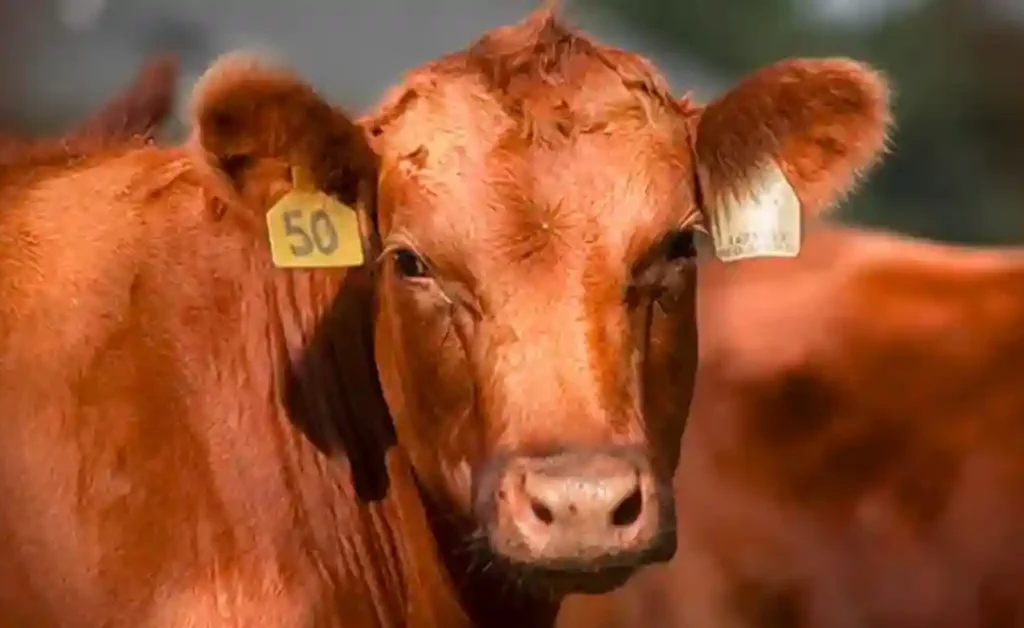
The journey of Red Angus begins in the attractive landscapes of Australia and Scotland. Initially part of the Aberdeen Angus breed, the red coat difference captured the eye of breeders, leading to its recognition as a distinct breed. The scientific name of the Red Angus cow is Bos taurus.
History of red Angus cattle
The Red Angus cattle is a breed of cattle that arose in Scotland. Its history can be traced to the late 1700s and early 1800s. The breed makes one way in northeastern Scotland, particularly Aberdeen and Angus. The local cattlemen in these regions focused on producing hardy cattle.
The cattle needed to adapt to the harsh climate and be well-suited for the local land. The Red Angus breed shares its stock with the Aberdeen Angus, mainly black. However, some red-coated individuals were present within the Aberdeen Angus population.
Over time, these red-coated animals were selectively bred to establish a distinct breed called Red Angus. The Red Angus, black rather than red, became its counterpart and was brought to the United States in the late 1800s.
The breed gained popularity for its desirable traits. They include good temperament, efficiency in converting feed to meat, and high-quality beef. Red Angus cattle are known for their average body size, well-marbled meat, and excellent caring nature.
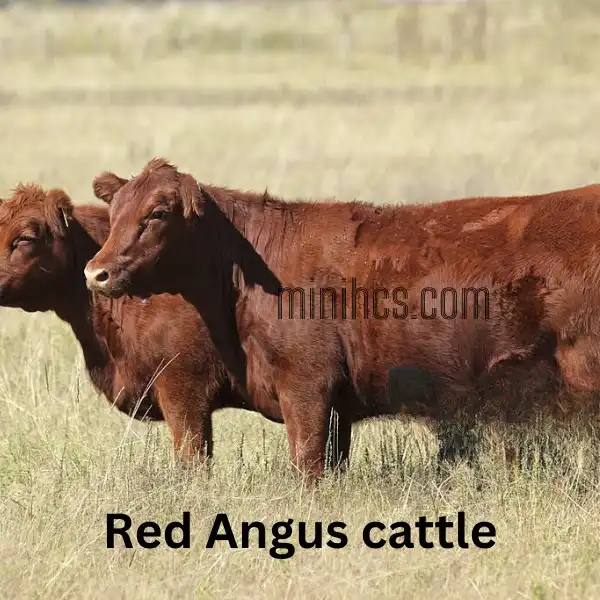
In 1954, progressive cattle producers in the United States based the Red Angus denominator. Their goal was to promote and register Red Angus cattle. The breed has continued to thrive, and Red Angus cattle are now found in various parts of the world.
They are often used in crossbreeding programs. This enhances the characteristics of other cattle breeds. The Red Angus Bull is worn out in the beef industry for its ability to produce high-quality meat.
It is also valued for its adaptability to different environmental conditions. The breed has gained a reputation for being well-suited to pasture-based and feedlot systems. This makes them a versatile choice for cattle producers.
Arrival in North America
In the late 1800s, the first Angus cattle reached North America, and the red-coated Angus cattle appeared, setting down the base for what we now know as Red Angus Scottish cattle.
Red Angus Association of America
The American Red Angus Association was formally established in 1954. This solidified the breed’s identity. This association played a crucial role in promoting the unique qualities of Red Angus on a broader scale.
Characteristics of Red Aberdeen Angus
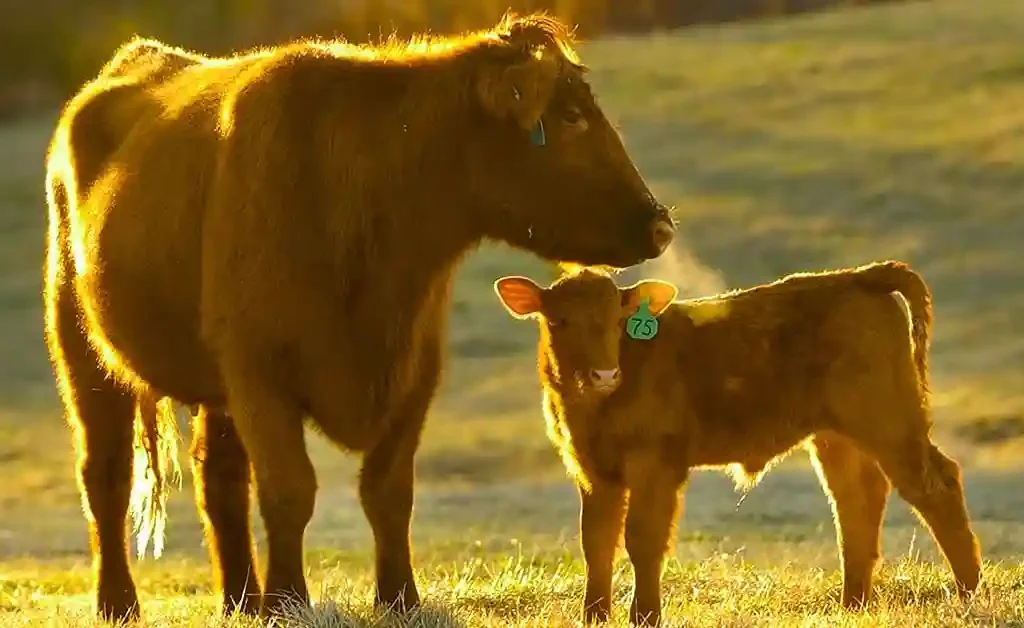
Distinctive Coat Red in Colour
The most prominent feature of Red individual appearing is their vibrant red coat, which is the proper colour for the breed. Ranging from deep cherry red to a lighter coppery hue, this colour sets them apart from the more common black Angus.
Medium Size and Muscular Build
Red Angus cattle boast a medium-sized, muscular build. This compact physique contributes to their overall efficiency and performance on the farm.
Polled Head and Docile Nature
A distinctive characteristic that might have chosen RedRed of RedRed instead of black Angus is their polled or hornless head. Coupled with their docile nature, these cows are easy to handle, making them a favourite among ranchers.
Adaptability and Hardiness
Black was the proper choice, but one of the critical strengths of Red Angus is their adaptability. Red Angus cattle became the established fashion. Red Angus cattle display resilience and hardiness. They face the north’s bitterly cold weather and the south’s sweltering summers.
Red Angus breed calves.

Red calves occur. They have a red coat that distinguishes them. They embody the desirable traits of the breed. They showcase efficient growth rates, adaptability to various environments, and a docile temperament. These calves inherit maternal solid instincts.
Their attentive mothers help them, contributing to their reputation for excellent mothering abilities. The breed’s emphasis on genetic purity ensures consistency in traits, and Red Angus calves Scottish cattle were too light.
The beef industry seeks red cattle registered with the Association of America. They efficiently convert feed into high-quality meat. This makes them valuable contributors to commercial and seed stock operations.
Benefits of Red Angus
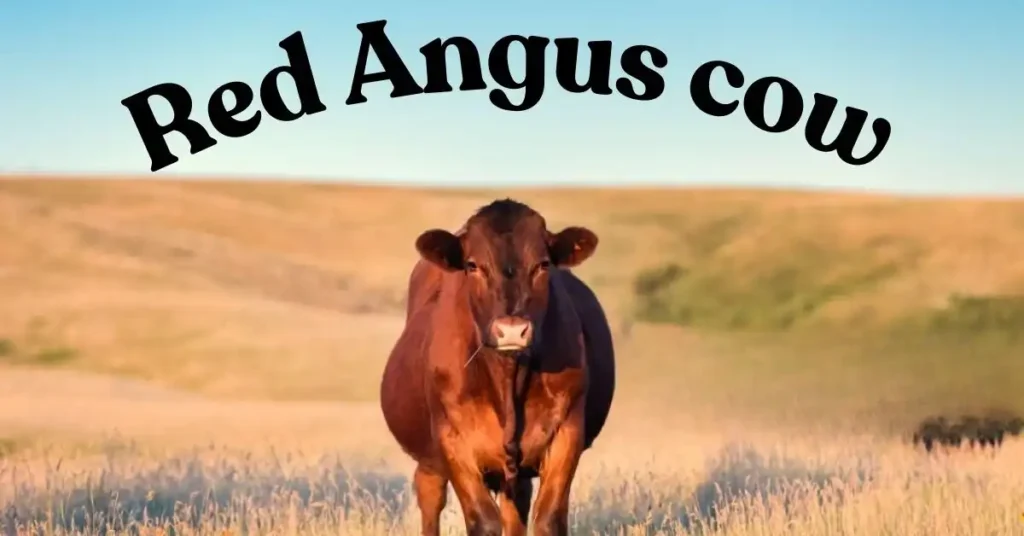
Superior Meat Quality
Chosen Red Angus cattle is renowned for producing efficient beef production of exceptional quality. The well-marbled, tender meat appeals to consumers and chefs alike. Red Angus, or beef cattle, is valuable in the beef production industry.
Efficient Feed Conversion
Beyond Red Angus beef quality, breeders of Red Angus cattle exhibit efficient feed conversion. This means they can convert feed into body weight optimally. This contributes to the economic sustainability of cattle farming operations.
Market Demand
As consumer awareness of beef quality grows, so does the demand for Red Angus. The breed’s reputation for top-tier beef positions it as a sought-after choice in the marketplace.
Reproductive Efficiency
Red Angus cattle excel in reproductive efficiency. Their high fertility rate and solid maternal instincts make them valuable contributors to a productive and sustainable herd.
Temperament
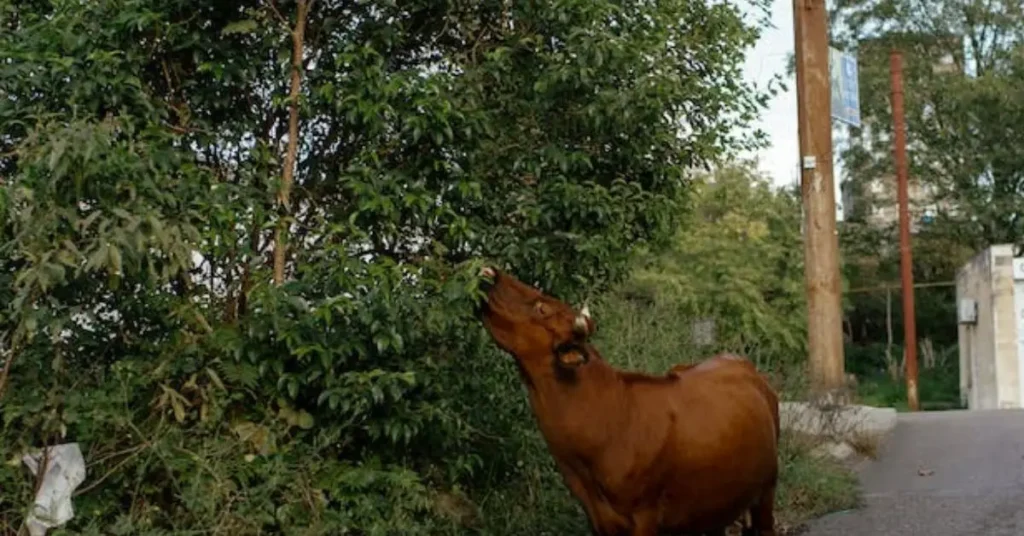
The obedient temperament of Red Angus cattle is a critical factor in their popularity. Handling these cows is a breath of wind, making them suitable for both experienced farmers and settlers to cattle farming.
Adaptability
The adaptability of mostly Red Angus cattle to various climates further enhances their appeal. Farmers facing diverse environmental challenges find Red Angus a reliable and resilient choice.
Red Angus in the Cattle Industry
Economic Value
Red Angus excels in meat quality. It also brings economic value to the cattle industry. It is not just about RedRed becoming established. Efficient feed and market demand position Red Angus as a profitable farmer investment.
Sought-after Choice in the Marketplace
With its reputation for excellence, the number of Red Angus has become a sought-after choice in the marketplace. Their presence is a sign of a devotion to quality and a zeal to meet the demands of a produce consumer market.
Lifespan
Red Angus cattle are known for their majestic enduring. They swank for an average lifespan of 15-20 years. Some exceptional individuals reach well into their 20s! Their hardy nature and immune solid systems contribute to this, allowing them to thrive in various environments.
Here are some factors that contribute to their long lifespan:
Individual lifespans can vary. Factors like genetics, environment, and overall health play a role. However, Red Angus cows are generally recognized for their exceptional longevity. They remain productive well into their later years.
Difference Between black Angus and Red Cattle
| Feature | Red Angus | Black Angus |
| Coat Color | Deep cherry red, ranging from light mahogany to almost brick red. | Consistent black, with no white markings |
| Origin | Scotland, variation of the Angus breed | Scotland, a variation of the Angus breed |
| Temperament | Docile and calm | Docile and calm |
| Maternal Instincts | Excellent | Excellent |
| Build | Strong hooves and legs | Strong hooves and legs |
| Feed Conversion | Efficient | Efficient |
| Uses | Primarily beef production | Primarily beef production |
| Meat Quality | High-quality marbling and tenderness | High-quality marbling and tenderness |
| Adaptability | Adapts to various climates and terrains | Adapts to multiple temperatures and terrains |
| Carcass Weight | Slightly higher than Black Angus | Slightly lower than Red Angus |
| Polled Gene | Always polled | May carry the polled gene recessively (can produce horned offspring) |
Conclusion
In conclusion, the Celtic cattle Red Angus cattle symbolize success in selective breeding. They benefit the cattle industry due to their adaptability, high-level meat quality, and excellence. As the demand for high-quality beef rises, Red Angus will remain at the forefront of cattle farming.
